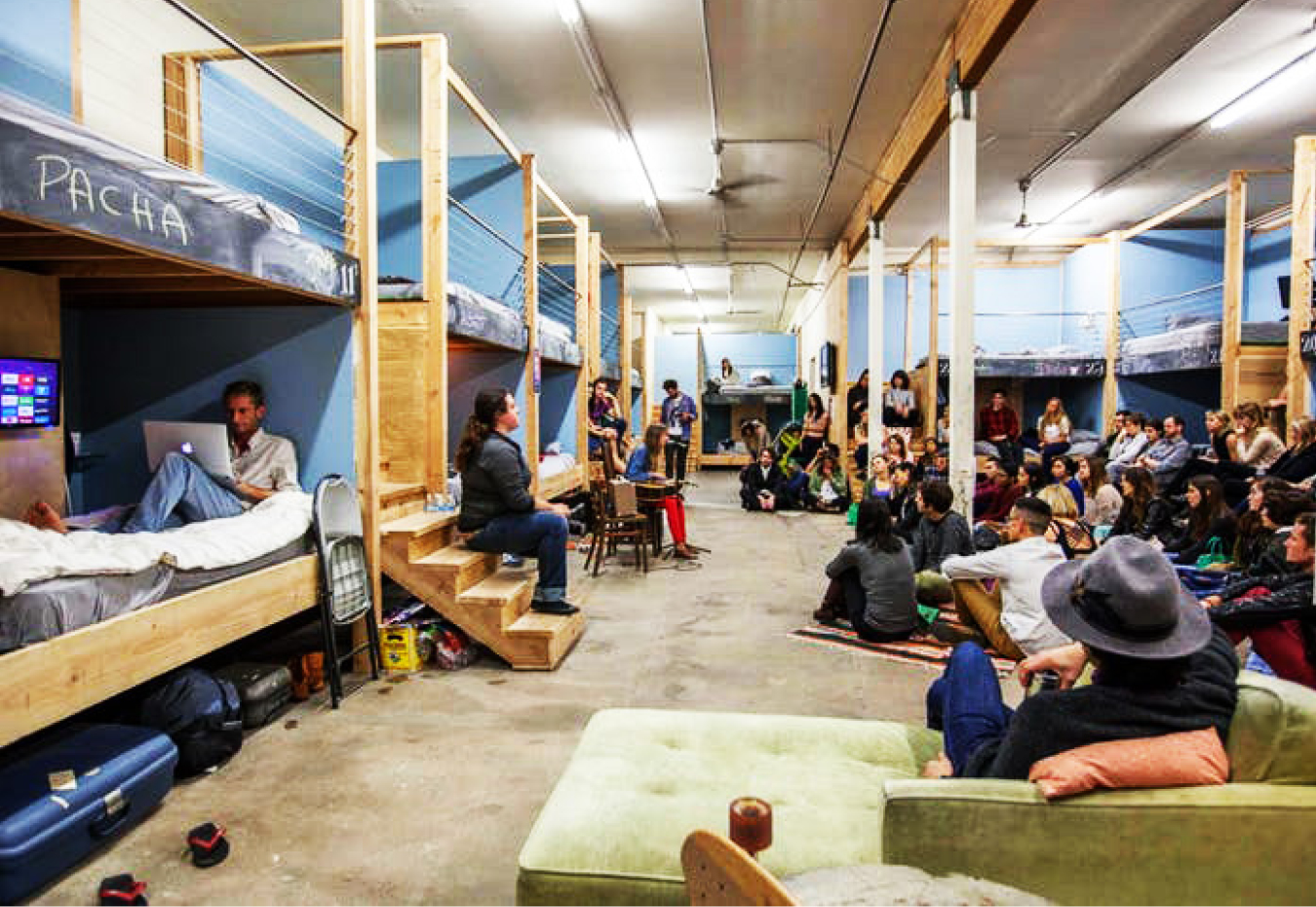FUTURE LIVING PROJECT

The Future has been around for a long time, consistently both just out of hand and perceptively closer to where and when we currently live:
Visions of the future living environment have generally been synonymous with the active domestication of environments outside the enclave of the house. A trend that parallels the dissipation of many dichotomies that were characteristic of the modern movement: Inside / Outside, Public / Private, Work / Home, Labor / Leisure, and others.
– Future Living Project
The Future Living Project was initiated by Hitoshi Abe and his UCLA A.UD research team in 2013 to extract broad but workable themes from an analysis of the Future’s long history and configurations of contemporary living. With the generous support of Daiwa House, the research looked for strategies, hiccups, discrepancies and openings in the present that can direct new speculations; consciously aware that it longs for something that, by definition, it cannot know— at least not for sure, not till tomorrow.
How will we live in the Future?
The work on this question began with an exploration of architectural visions of the future historically and specifically designs for future houses. Within this material, a distinct line of development emerged as the qualities of domesticity (familiarity, informality, and privacy, among others) expanded beyond the house proper and into the larger environment. This expansion of domesticity became the primary focus of FLP.
The 20th Century ended with the eclipsing of the physical architecture of the house by the non-physical qualities of domesticity and development of new technologies. With the focus turning to the non-physical, what do architecture and the building environment still have to do, or can do? A crucial question for both architects within academia and a company whose product is physical housing.
To continue the research, FLP transitioned from historic material to an exploration of how architecture might operate in the context of a contemporary expanded domesticity. To that end, the team collected examples of new directions in technology and business, engaged in workshops with professionals from both architecture and adjacent industries, and conducted design studios with graduate students. In these venues, FLP discussed both the developments and ramification of domesticity and new technologies, and the subsequent architectural opportunities and challenges they present.
This shared knowledge produced a series of architectural hints–possibilities from which architecture still has room to work and places to go. It is from these hints that the inherently unknowable future can be worked on to develop future ways of living.
How will we work in the Future?
Today, with the support of the Okamura Corporation, the Future Living Project continues to evaluate the domestic environment and considered the developing gray zone between domestic environments and office life, a topic of much critical discussion today.

